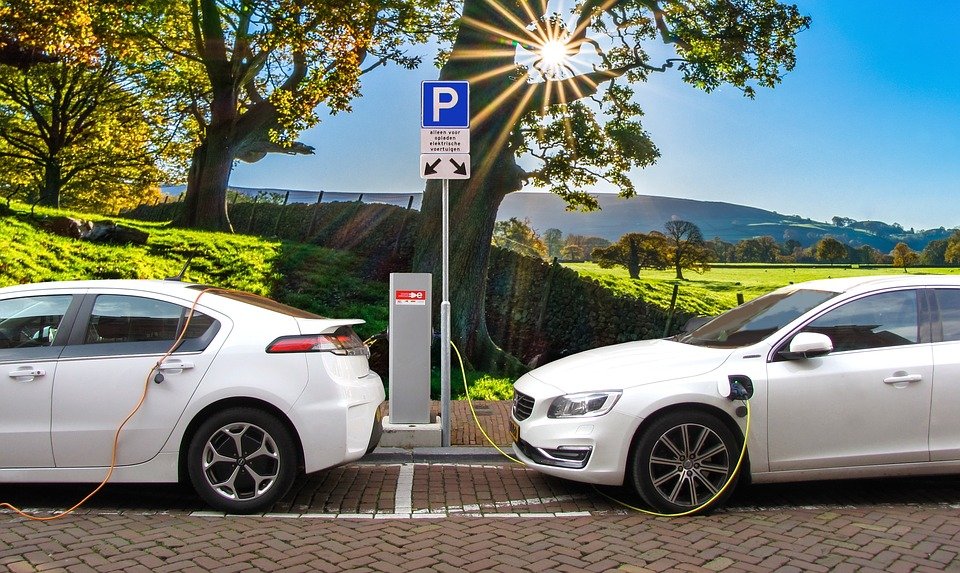Average emissions from new passenger cars in Europe increased for the third consecutive year in 2019, reaching 122.3 grams of carbon dioxide per kilometre (g CO2/km), according to the European Environment Agency’s (EEA) final data. Data about newly registered vans show a stable trend. New EEA data set baseline for emission reductions in heavy-duty vehicles.
The EEA indicator ‘CO2 performance of new passenger cars in Europe’ shows a steady decline in emissions until 2016 but, since then, average emissions of new cars have been increasing.
In 2019, average emissions of new passenger cars registered in the European Union, Iceland, Norway and the United Kingdom (UK) were 122.3 g CO2/km. This figure is below the 2015-2019 target of 130 g CO2/km but well above the 2020-2024 target of 95 g CO2/km. The results confirm the provisional data published last year.
According to the EEA analysis, several reasons have contributed to the increase in average emissions, including the increasing demand for sport utility vehicles (SUVs) and other larger and heavier cars. Electric vehicles constituted 3.5 % of new car registrations in 2019.
Emissions from new vans remained stable
The EEA indicator ‘CO2 performance of new vans in Europe’ also shows a trend of relatively stable or slightly increasing emissions. In 2019, average emissions of new vans were 158.0 g CO2/km, which is about 7 % above the 2020 target of 147 gCO2/km.
The share of electric vans in registrations nearly doubled between from 2018 (0.8 %) to 2019 (1.4 %), but the vast majority (94 %) of new vans still ran on diesel, the EEA indicator shows.
New emission data from heavy-duty vehicles
The EEA has also released a new dataset about emissions of new heavy-duty vehicles, such as buses and trucks. The average specific CO2 emissions of all new heavy-duty vehicles registered in the EU from 2019 to mid–2020 stood at 53 g CO2/tkm (i.e. for the transport of one tone of goods over one kilometer). The EEA’s 2019-2020 data set a baseline for these vehicles’ emission reductions, with targets to reach 15 % lower emissions in 2025, and 30 % lower emissions in 2030.
Overall, transport emissions are still about one quarter of the EU’s total greenhouse gas emissions. The European Green Deal calls for a 90 % reduction in greenhouse gas emissions from transport, compared with 1990 levels.
About testing vehicle emissions
The emissions of new vehicles are systematically tested using ‘type approval’ procedures. Since 2017, the new Worldwide Harmonized Light Vehicle Test Procedure (WLTP) has been put in place with the objective to gradually replace the outdated New European Driving Cycle (NEDC). The WLTP allows to obtain more realistic information on vehicle emissions in the type approval tests. For compliance purpose, NEDC emissions values are used in 2019.
EEA activities
The EEA collects and regularly makes available data on new passenger cars and vans registered in Europe, in accordance with EU Regulation (EU) No 2019/631. The data are reported by all EU Member States, United Kingdom, Iceland (since 1 January 2018) and Norway (since 1 January 2019) in order to evaluate the efficiency of the new vehicle fleet and includes information on CO2 emissions and vehicle mass. The next data release includes the provisional results for new registrations in 2020.
Compliance with targets
The European Commission will confirm whether individual manufacturers or pools have met their own specific annual targets, which are based on the average mass of the cars registered.
eea.europa.eu


















